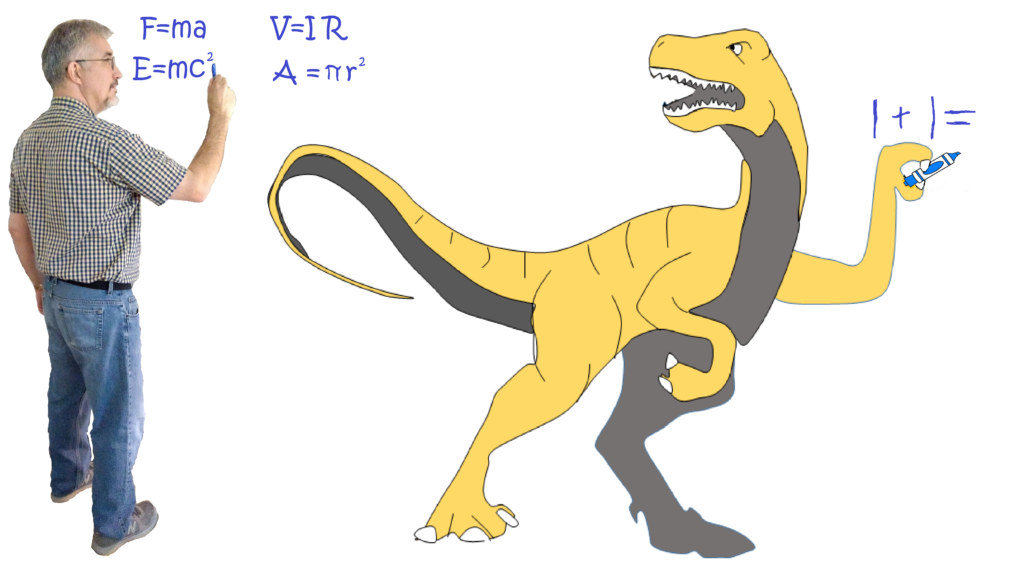It’s Short Story Month, also known as May. Why they didn’t pick February—the shortest month—I’ll never know.

What is a short story? According to Wikipedia, it is a prose tale you can read in one sitting, one that evokes a single effect or mood. That ‘single effect’ idea can be difficult to understand. Edgar Allan Poe called it ‘unity of effect.”
Think of the effect as the emotional response induced in the reader by the story. The intent of a short story is to produce a single such effect, and every paragraph, sentence, and word of the story must support that goal.
There’s something ancient and primal about the short story form. It hearkens back to stories our tribal ancestors told around the fire at night. Those storytellers had to hold the attention of tired listeners as they fought fatigue, so had to keep them focused and interested.
There’s something new and trendy about the short story form. It’s well suited to our fast-paced age of commuting, smart phones, and hectic schedules. Given our brief snatches of time available for reading, it’s easier to enjoy and appreciate a short story than to maintain focus on a novel read a piece at a time.
I know what you’re thinking: Thanks for all that background, Poseidon’s Scribe, but how do I celebrate Short Story Month? Sadly, this occasion hasn’t captured the public’s imagination yet. There are no relevant songs to sing, or particular food items to prepare and eat. It’s not a traditional gift-giving month. No short story parades appear on the schedule.
However, don’t despair. I’ve come up with six ways you can celebrate:
- Read. Well, this one’s obvious. You can celebrate by reading one or more short stories. You can re-read a past favorite or find a new one. I could crassly suggest you read one of mine, but I’ll resist the temptation.
- Analyze. Select your favorite short story and re-read it, but this time, jot down what you like about it, your favorite parts, and maybe some notes about the overall structure and plot. You’ll likely learn new things and come away with a deeper appreciation for the story.
- Write. Even if you haven’t written a story since your school days, you might find it fun to write your own short story. You have a story to tell, and short stories are, by definition, short. You can do this.
- Submit. As long as you took the time to write one, you might as well submit it for publication. You can use The Submission Grinder to search for potential markets. Pick one, follow its submission guidelines, and submit your story.
- Promote. We’re in the age of social media, so tell the whole world how you’re celebrating this month. Whether you love a short story by another author, or had your own short story published, tell everyone about it on Facebook, or on Twitter using @shortstorymonth, or on some other platform.
- Party! Invite some like-minded friends over to your place. Decorate using themes from your favorite short story, and serve appropriate food based on that story. The highlight of the party will be when someone does a dramatic reading (or acting) of the story.
And you thought another Short Story Month would pass you by without notice. Not so. Now you know six ways to celebrate it. Lucky for you, this is just the sort of helpful service provided free by—
Poseidon’s Scribe

